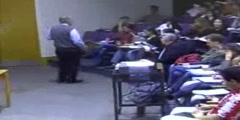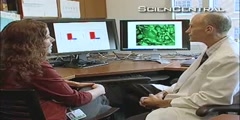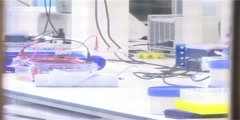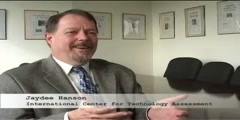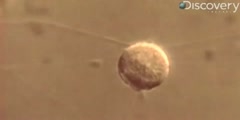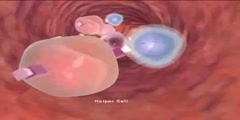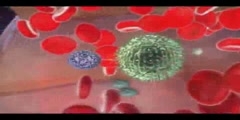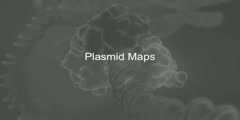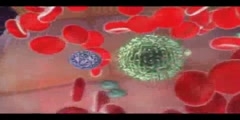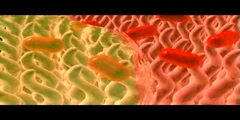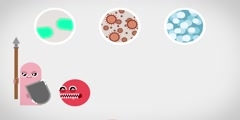Cloning T Cells for Immune Defense
The cells of our immune system discover and destroy foreign invaders that enter our bodies and may threaten our health. Among the invaders are viruses, bacteria, and other microscopic pathogens. Pathogens are recognized by the immune system as not being part of the body, as "non-self." The immune system probes specific proteins on the surface of invading microbes, first recognizing the proteins as foreign and then coordinating their destruction by a variety of strategies, including producing antibodies and engulfing foreign cells./nImmune-system cells defend our bodies by acting as a coordinated team. This cellular defense team communicates in precise, highly regulated ways. Specific molecules on their surfaces mediate the communication among immune system cells. Although highly specific, the interactions and responses of the immune system depend on chance meetings of cells in the fluid spaces of the lymphatic system and circulatory system./nView the animation to see how one type of immune cell—the helper T cell—interprets a message presented at the surface of the cell membrane. The message is an antigen, a protein fragment taken from an invading microbe. A series of events unfolds that results in the production of many clones of the helper T cell. These identical T cells can serve as a brigade forming an essential communication network to activate B cells, which make antibodies that will specifically attack the activating antigen./nThe animation illustrates several fundamental biological principles and processes common to many cellular functions. It may be helpful to view the animation several times, first to gain a general impression of the signal transduction process and then to focus on particular molecular details./nFour main themes emerge:/nSignal transduction. Molecular information is presented at the surface of the T cell. The molecular message is then processed within the T cell through a complex cascade of molecular interactions called signal transduction. The molecular cascade stimulates a reaction in the receiving T cell: the production of specific receptors and extracellular signaling molecules. Signal amplification. When a cell processes a message, it often also amplifies that message. At each step in the molecular cascade, the signal may become stronger. In the case of the T cell, it will release many molecules of the protein interleukin-2 (IL-2) and produce many IL-2 receptors, and in the end, many thousands of identical T cells will be produced. Molecular switching. Slight changes to the state or shape of a protein can convey information or trigger a cellular process. Molecules can be turned on and off through molecular switches. Adding and removing a phosphate group—called phosphorylation and dephosphorylation, respectively—are important and common examples of changes that can flip a molecular switch. Molecular specificity. Molecules interact with one another in specific ways. Enzymes will only work on certain substrate molecules. Receptors will only bind certain ligands. Only specific sets of molecules will associate to form molecular complexes or gather at particular docking sites to do their job.
